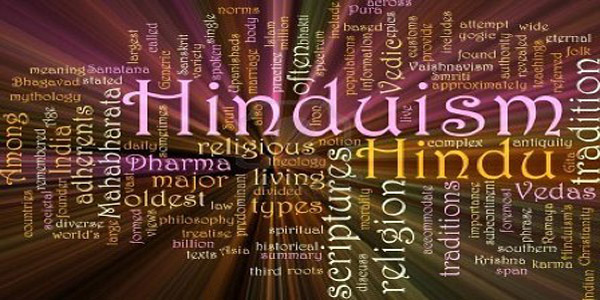 Teaching history continues to be one of the biggest challenges in school districts across America, as schools must often grapple with outdated standards and old and inaccurate textbooks. In addition, teachers can sometimes struggle transitioning to the most current pedagogical approaches.
Teaching history continues to be one of the biggest challenges in school districts across America, as schools must often grapple with outdated standards and old and inaccurate textbooks. In addition, teachers can sometimes struggle transitioning to the most current pedagogical approaches.
History can also be highly politicized, as we continue to see in states such as Texas, where small but vocal groups envisage instructional materials and curriculum shaped solely by their own worldviews. Teachers I’ve trained complain that they’re often caught in the middle between angry parents and school district or even state-level mandates. Moreover, there aren’t many vetted multimedia resources that can engage students across grade levels.
Teaching about Hinduism and ancient Indian history is especially problematic because Hinduism and India aren’t one and the same. However, the Himalayan Academy’s nuanced approach in their newly released “History of Hindu India” videoprovides a great template of explaining the overlaps by highlighting the development of Hindu culture in what is now India over thousands of years. The video, narrated by Roger (Raj) Narayan, supplements Himalayan Academy’s textbook of the same name.
Himalayan Academy, which publishes the acclaimed Hinduism Today magazine, produced the video and the textbook in “response to the problem of negative portrayal of Hinduism and India in school textbooks,” and their approach relied on academic expertise and vetting. The primary author was Shiva Bajpai, professor emeritus of history at California State University-Northridge, while noted religion scholars such as Anantanand Rambachan, Jefferey Long, T.S. Rukmani, and Klaus Klostermaier were consulted for accuracy.
The video provides a compelling look at underrepresented aspects of India’s history, as well as the development of Hinduism from both a cultural and philosophical standpoint. Developed primarily for sixth graders, the video can be used at almost all grade levels through high school. While its tone is positive, the content isn’t preachy and aligns to meet state and local standards on teaching about religion.
Perhaps the most valuable aspect of the video is that it can also be used by parents (Hindu and non-Hindu alike) for cultural education. It has already been released in Tamil, with plans to release in several more languages in the near future. The video’s distribution can be an important tool to help expand understandings about Hinduism in classrooms across the country.





